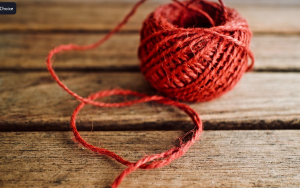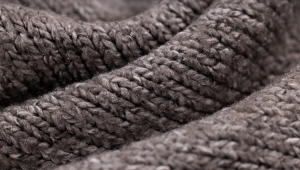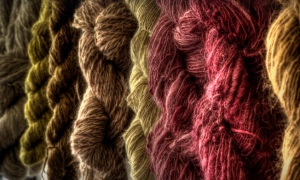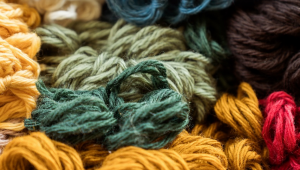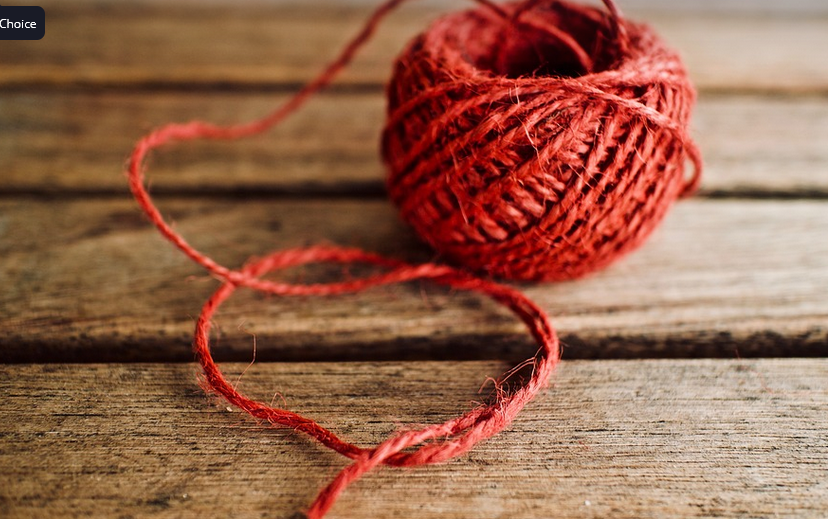
We all know that feeling of sinking into a smooth, luxurious fabric and knowing we’re wrapped in pure bliss. Silk is the gold standard for many reasons, offering comfort, elegance, and even some serious health benefits.
But did you know there are different types of silk? Two stand out: tussah silk and mulberry silk. Choosing between these luxurious fibers can feel overwhelming, particularly if you’re just dipping your toes into the world of silk.
Tussah Silk: A Journey Through Strength and Texture
Imagine a journey through the lush forests and mountains of Southeast Asia. Now picture strands of incredibly strong, lustrous fabric woven from the cocoons of wild mulberry trees. That’s tussah silk in a nutshell – it’s nature at its finest.
Tussah silk gets a lot of praise for its incredible strength. Unlike the smooth, flexible mulberry silk that’s more common, tussah silk is characterized by a rough texture and slightly uneven weave. It looks and feels like you’re holding natural, sustainable materials woven into beautiful fabric.
But don’t be fooled by this rugged look! Tussah silk is incredibly durable and can handle even the most demanding situations. It has amazing resistance to abrasion and tearing, making it ideal for clothing items that get a lot of wear and tear. This strength also translates to amazing longevity – you can expect tussah silk garments to last far longer than those made with more delicate fabrics.
Mulberry Silk: The Classic Choice For Elegance and Smoothness
The elegant, luxurious feel of mulberry silk is something most people immediately recognize. And for good reason! Mulberry silk is a beloved choice for high-fashion garments, especially for its smooth texture and soft drape.
For centuries, mulberry silk has been prized for its inherent softness. It’s the kind of fabric that feels like a gentle embrace against your skin, and it’s also known to regulate body temperature, making it perfect for hot days or chilly nights.
When you drape yourself in mulberry silk, you feel like you’re gliding through the air. The smooth texture, lightweight nature, and subtle sheen make it ideal for everything from evening gowns to luxurious scarves. This fabric’s ability to drape beautifully makes it a perfect choice for clothing items that need a bit more softness.
However, remember that this silky smooth surface can also be susceptible to wear and tear. It’s important to handle mulberry silk garments with care to ensure they retain their luster and longevity.
One of the most interesting things about mulberry silk is its history. It’s a direct descendant from the domesticated silkworm that originated in China, where it was first cultivated centuries ago. This historical connection makes mulberry silk even more special to those who appreciate a touch of tradition and nostalgia in their clothing choices.
Choosing the Right Silk: A Personal Journey
The decision between tussah and mulberry silk is deeply personal. Both types offer incredible benefits, but the end result will always be based on your individual preferences and use cases.
If you’re looking for a strong and durable fabric that can handle wear and tear, then tussah silk is the way to go. Its rough texture and uneven weave give it an almost rugged charm that makes it perfect for everyday use.
On the other hand, if you prefer something softer, smoother, and more elegant, then mulberry silk is your best bet. It’s the classic choice for garments that need a bit of extra finesse and luxury.
Before you make your final decision, consider the specific garment you’re looking to create or purchase. If it needs to be durable, tussah silk will do the trick. On the other hand, if you want something that feels luxurious and flows effortlessly, mulberry silk is your best bet!
Ultimately, the decision comes down to what you value most in a piece of fabric. Do you prioritize durability and strength or do you prefer a softer, more elegant feel?
The Sustainable Secret: Nature-Friendly Fabrics
Both tussah and mulberry silk production are committed to sustainable sourcing practices. They’re often produced using methods that respect the environment and promote biodiversity.
The use of natural dyes for both types of silk is especially good news for those who care about sustainability! These dyes, derived from plants like indigo and turmeric, are naturally biodegradable and free from harsh chemicals.
As you dive deeper into the world of fabrics, remember that choosing sustainable materials is not just another fashion trend; it’s a commitment to protecting our planet.
Ready to Indulge? Embrace the Magic of Silk
Whether you choose tussah silk for its strength and durability or mulberry silk for its elegant grace, both offer a glimpse into a world of luxury that transcends trends. These natural fibers offer more than just exquisite textures; they also provide comfort and resilience.
So, step into the world of silk, explore different types, and discover which fabric best suits your individual needs and aesthetic preferences. The journey through this luxurious realm will leave you feeling like a true royal!
